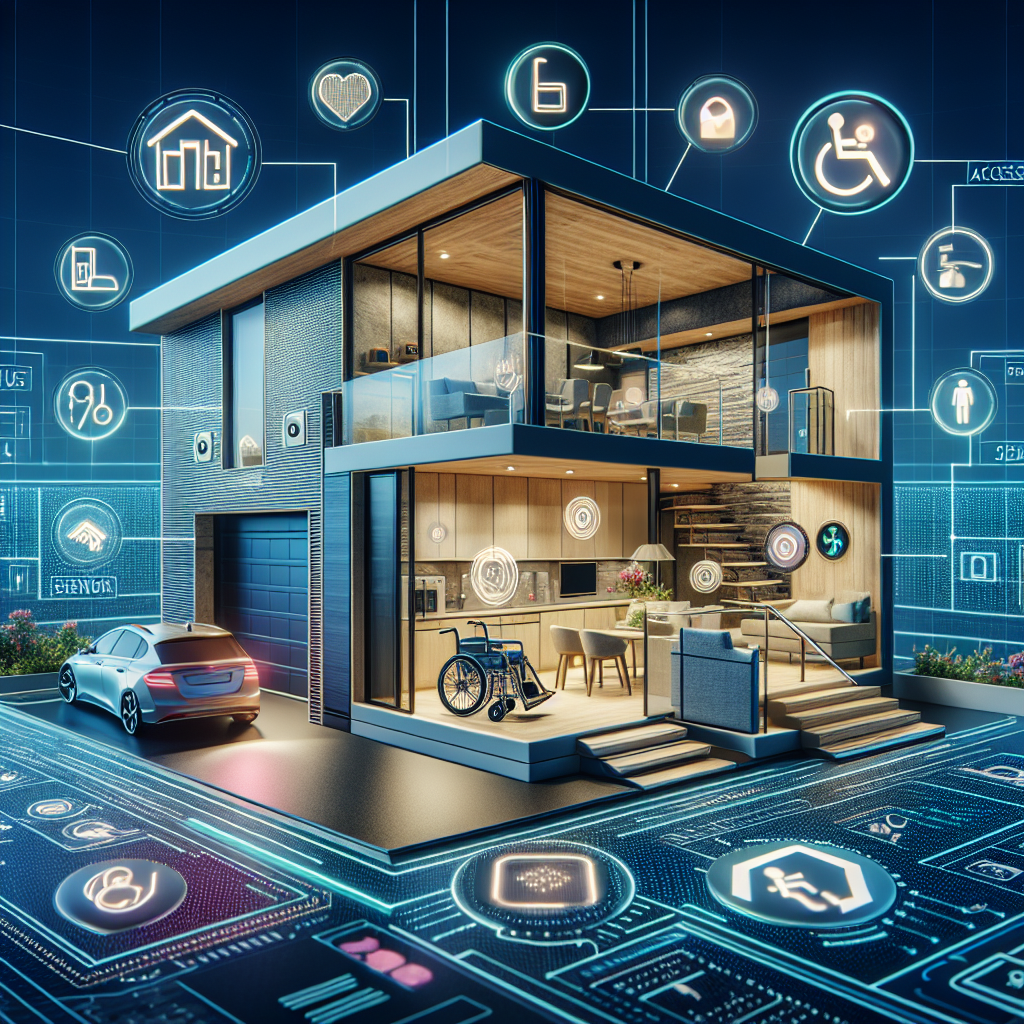Revolutionizing Home Automation: Crafting Inclusive Designs for Accessible Living
- Equality Homes
- Aug 21, 2024
- 2 min read
Smart homes have revolutionized the way we live and interact with our living spaces. With the advancement of technology, home automation systems have become increasingly popular, offering convenience, efficiency, and security features that elevate our quality of life. However, amidst this wave of innovation, it is essential to ensure that smart homes are designed with inclusivity in mind, making them accessible for everyone regardless of their abilities.
The Rise of Accessible Smart Homes
In recent years, the concept of accessible smart homes has gained traction, emphasizing the importance of creating living spaces that cater to individuals with diverse needs. From voice-activated controls to adaptive lighting systems, these innovations aim to enhance the independence and comfort of all residents, including those with disabilities. By integrating inclusive design principles into home automation solutions, architects and designers have the power to transform houses into welcoming and functional environments for every occupant.

Designing for Accessibility
When crafting accessible smart homes, designers must consider a range of factors to ensure that their creations meet the needs of diverse users. This involves implementing features such as smart door openers, adjustable countertops, and motion-sensor lighting, which not only enhance convenience but also promote independence for individuals with mobility challenges. By embracing universal design principles, smart homes can become more accommodating and user-friendly for everyone, regardless of their physical abilities.
Enhancing Connectivity and Control
One of the key benefits of modern smart homes is the seamless connectivity and control they offer through centralized systems. By leveraging voice commands or smartphone applications, residents can easily adjust settings, access information, and interact with their home environment effortlessly. For individuals with disabilities, these smart technologies provide a newfound sense of agency and empowerment, allowing them to navigate their living spaces with greater freedom and autonomy.
Future Innovations and Opportunities
As technology continues to evolve, the future of accessible smart homes holds endless possibilities for innovation and advancement. From AI-powered assistants that anticipate user needs to integrated healthcare monitoring systems, the potential for enhancing the accessibility and functionality of smart homes is limitless. By staying at the forefront of technological developments and prioritizing inclusivity in design, the future generation of smart homes has the opportunity to redefine what it means to live in a connected and accessible environment.
Embracing Inclusive Living
In conclusion, designing accessible smart homes is not just about incorporating cutting-edge technology; it is about creating spaces that empower and support individuals from all walks of life. By championing inclusivity and accessibility in home automation design, we can build a society that values diversity and celebrates the unique abilities of every individual. As we look ahead to the future of smart home innovation, let us commit to crafting living spaces that are not only smart but also truly inclusive.
As we navigate towards a future where technology and accessibility converge, it is crucial to remember that the true measure of innovation lies in its ability to uplift and include everyone, regardless of their physical or cognitive abilities. Let us embark on this journey together, building a world where smart homes become a beacon of inclusivity and empowerment for all.
Let's craft a future where technology brings us closer together, not just in our homes, but in our hearts.



